Our Blog
Merry and Bright: Holiday Pet Safety

The holidays are upon us, and if you’re decking the halls, we’re sure your pets are right there with you! It’s fun to celebrate the season with our best fur pals, but sometimes the hustle and bustle of the holiday season can leave room for a pet accident or injury, and land us in the emergency clinic – the last thing anyone wants.
So, let’s spend a moment talking about how to have a safe and fun holiday with your pet!
Continue…Is Your Pet’s Bed Overdue for a Cleaning?

Our pets bring endless joy and companionship into our lives, but they don’t always bring the best smells into our homes. Dogs, in particular, have a knack for rolling in questionable things outdoors, and even the cleanest cats can deposit fur, dander, and odors in their favorite resting spots. That’s why your pet’s bed deserves just as much attention as your own sheets and blankets. Here’s what every pet parent should know about the importance of keeping pet beds clean.
Continue…Preparing Your Pet for Thanksgiving Travel

For many pet parents, Thanksgiving isn’t complete without hitting the road to visit family and friends. If you’re planning to load up the car (or plane!) and bring your beloved companion along this holiday season, you might be feeling a little anxious about the logistics. Long trips, strange places, and shifting routines can all add up to a stressful experience for both you and your pet!
The good news? You can ditch the holiday travel stress. With a little planning and preparation, a smooth and happy journey is absolutely achievable! The team at Bowman Veterinary Hospital is here to walk you through everything you need to know.
Continue…Halloween Pet Safety Tips

While the Halloween season is full of tricks and treats that can be fun for the whole family, it also comes with plenty of hazards for our pets. Practicing Halloween pet safety is a great way to avoid an accident before it happens. With the following tips from Bowman Veterinary Hospital, you can minimize hazards and ensure a fun season for everyone.
Continue…Is Your Dog Getting Too Much Exercise?

What’s better than a dog that loves to run, jump, and fetch dozens of frisbee throws? Not much, if you’re a pup parent. But dogs can overdo it if we aren’t careful. Joyous activity can slide into overexercising territory, and your pup’s body can show signs of exhaustion.
Below, the team at Bowman Veterinary Hospital will share the signs of overextension in dogs to help avoid long-term discomfort or injury.
Continue…Protecting Your Dog From Foxtails
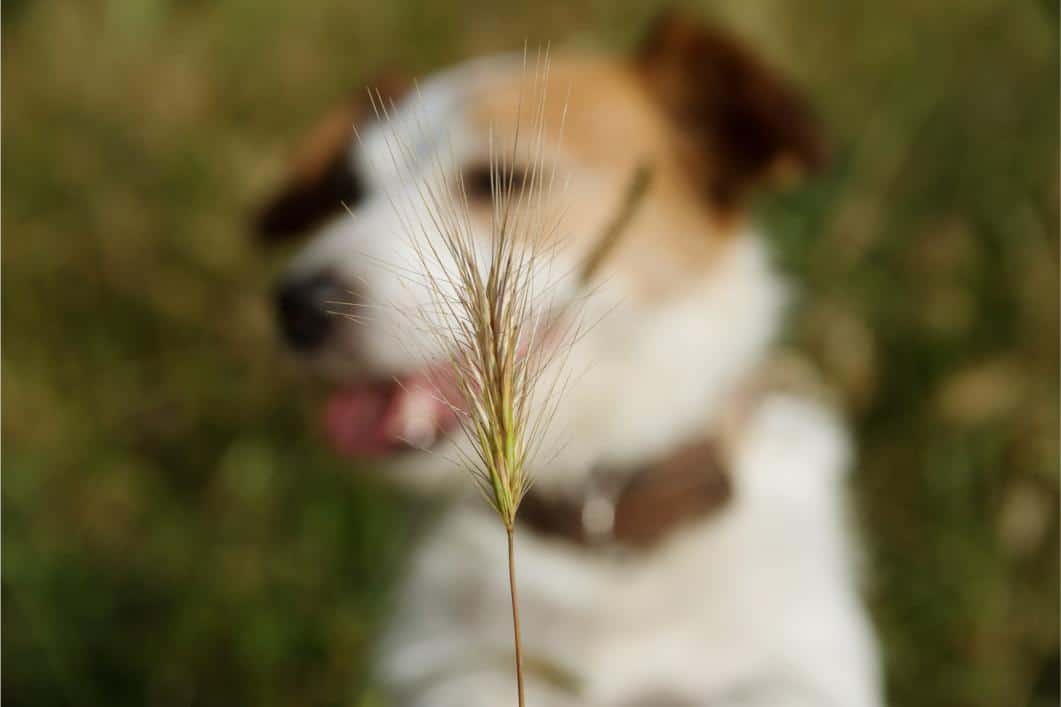
A waving field of foxtails may be the peaceful, natural moment you need to calm your mind, but beware. These clusters of seeds can be dangerous for your dog. Our easy-to-follow guide will help you and your dog avoid issues with foxtails.
Where Are Foxtails Found?
Foxtails get their name from their resemblance to bushy foxes’ tails, but that’s all they should ever have in common with canines. These seed clusters are often found on hiking trails, along roads, and even in backyards.So they’re common in areas where we might play, hike, or camp with our pet dogs.
Continue…Harmful BBQ Foods You Shouldn’t Feed to Your Pet
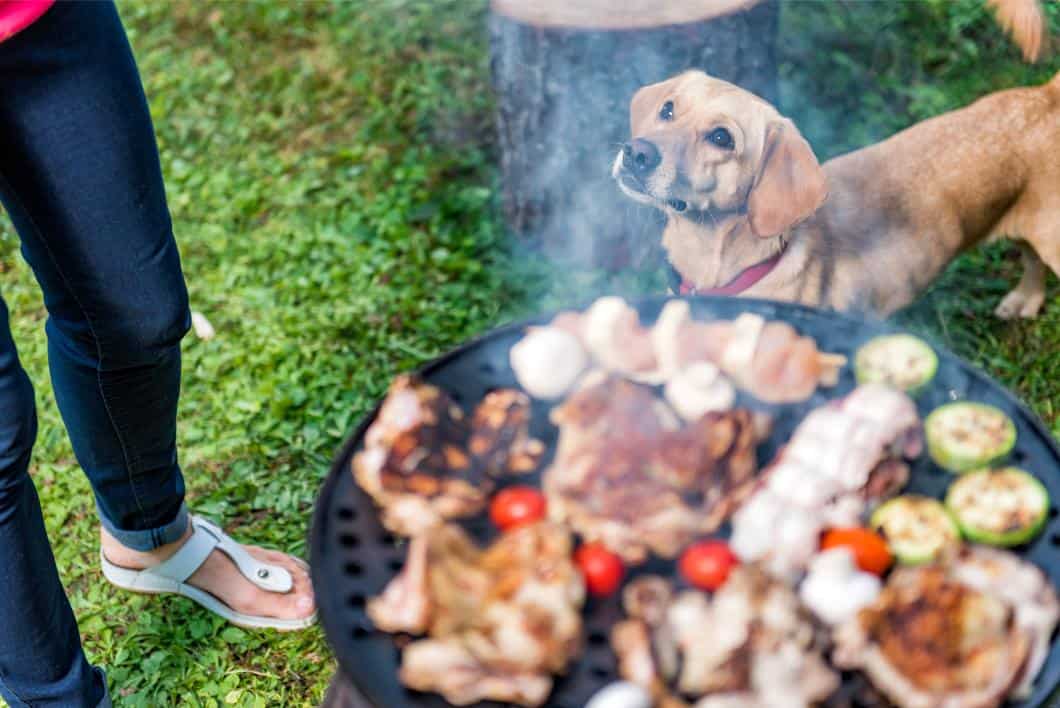
Gatherings around the grill are a staple of the summer season, and it’s natural to want to include your furry family member in the festivities. But some people foods are a recipe for disaster when it comes to our pets. In this blog, our team at Bowman Veterinary Hospital offers helpful guidance on foods are harmful and should never be fed to pets, and how to prevent potential outdoor hazards.
Continue…Why Cats Need High-Protein Diets
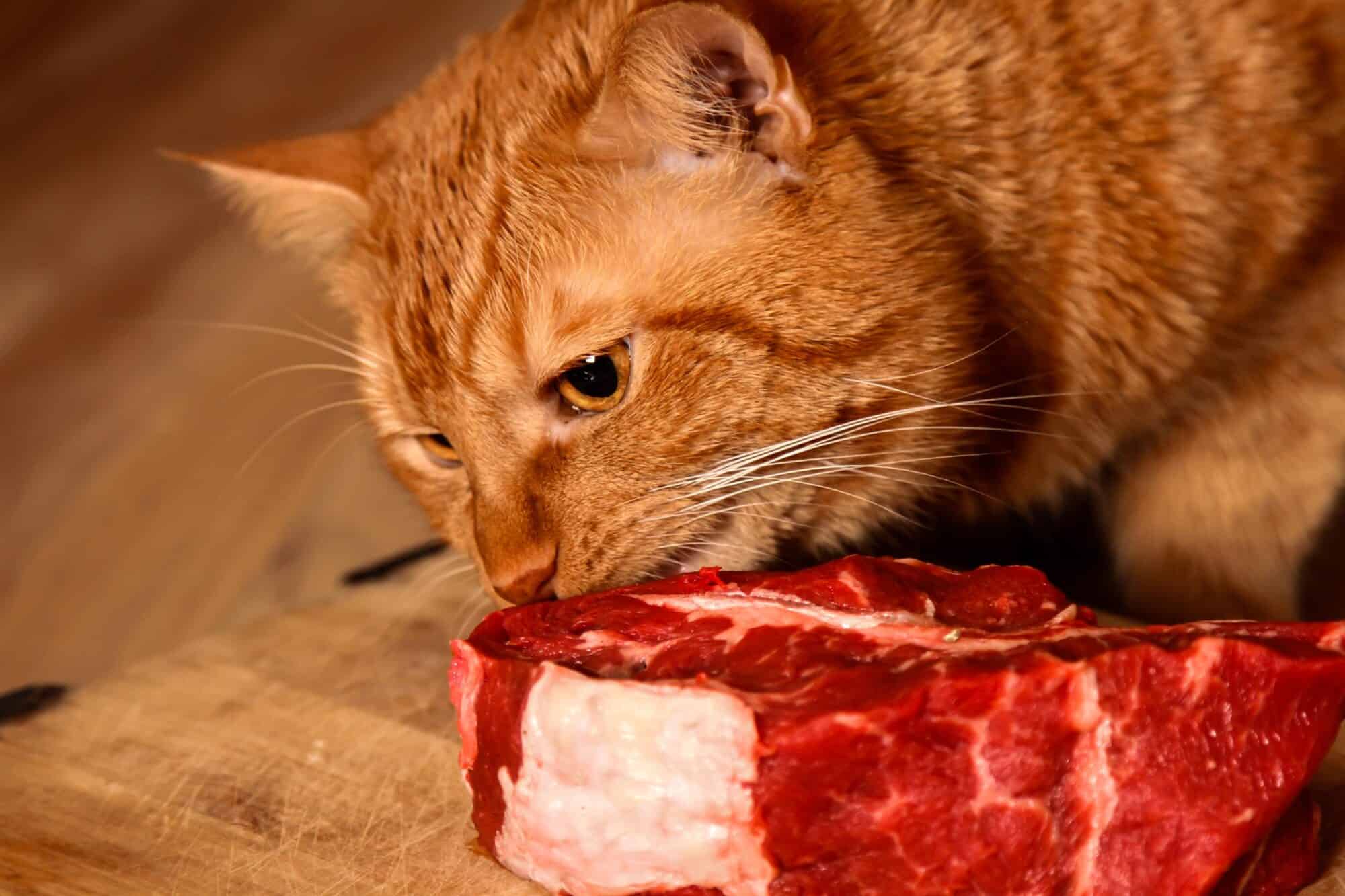
Cats are fundamentally different from dogs (and humans!) in one big way: they’re obligate carnivores. This means their bodies need animal-based protein in order to function. Unlike omnivores, cats only need nutrients found in meat.
They don’t need fruits. They don’t need vegetables.
All they need is meat.
Today, the team at Bowman Veterinary Hospital will explore exactly how a high-protein diet benefits our feline friends.
Continue…Signs of Arthritis in Pets
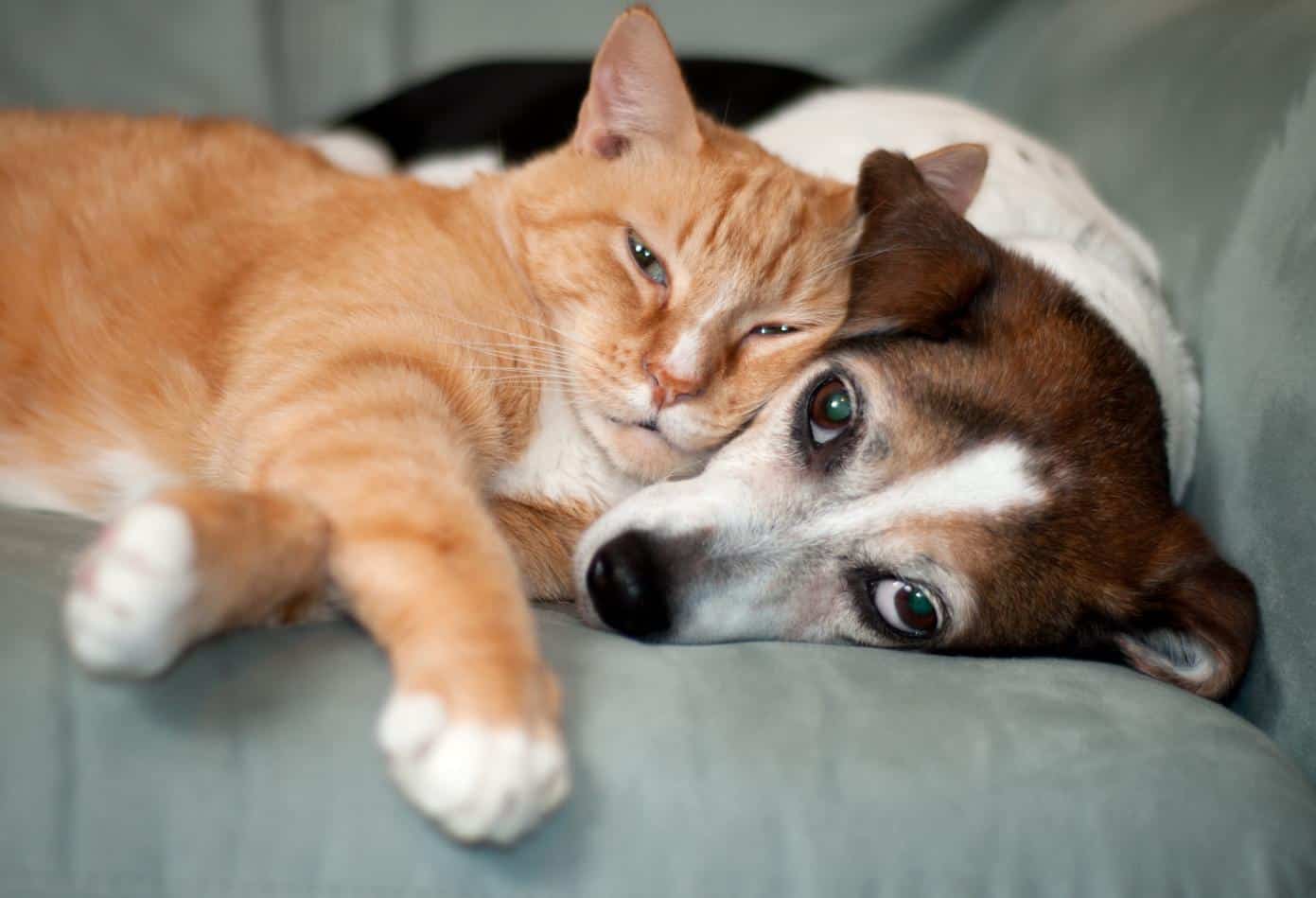
As our pets get older, their bodies go through changes that can take their toll. One of the most common conditions that affects senior pets is arthritis, and in particular, osteoarthritis (OA).
Today, the team at Bowman Veterinary Hospital wants to make sure the pet parents in our community know what to watch for with arthritis.
Continue…Grow Pet-Safe Plants, Avoid a Pet Poisoning
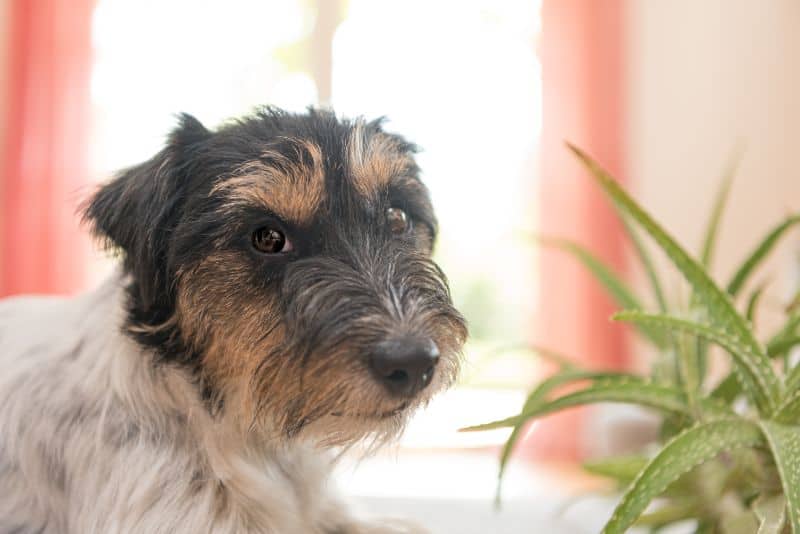
Having a green thumb and owning a pet are not mutually exclusive but growing certain plants, trees, flowers and shrubs does require careful consideration in (and around) a pet’s environment. This can mean that certain plants are off-limits, but the sacrifice is usually well worth it.
Since a pet poisoning is one of the scariest experiences for pets and their people alike, it makes sense to eliminate all the possible risks inside the home and around the property.
Continue…

